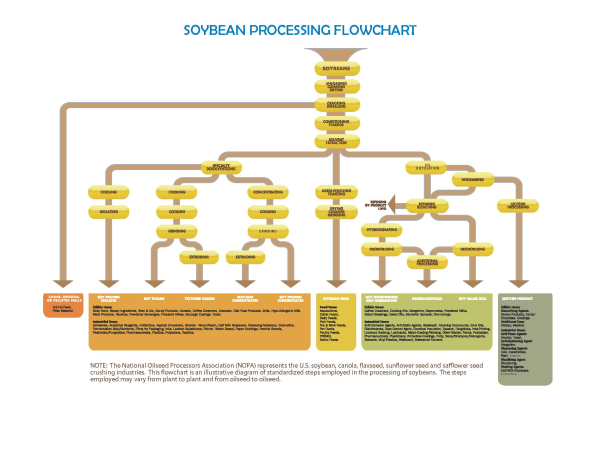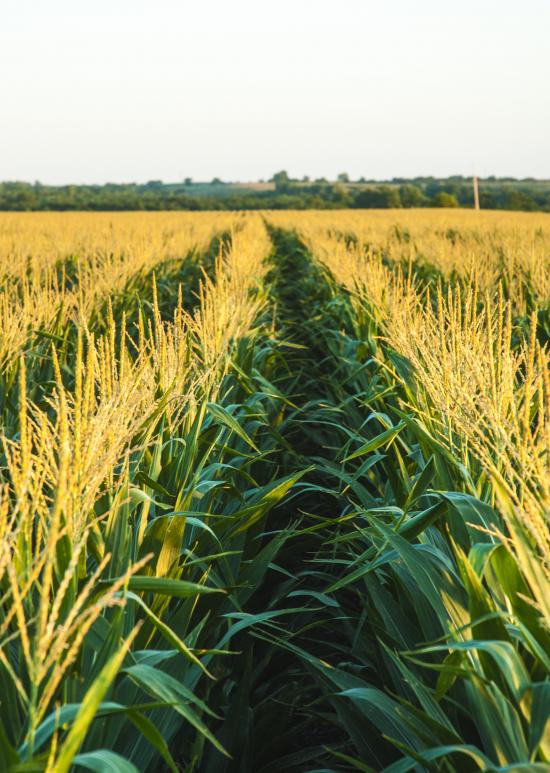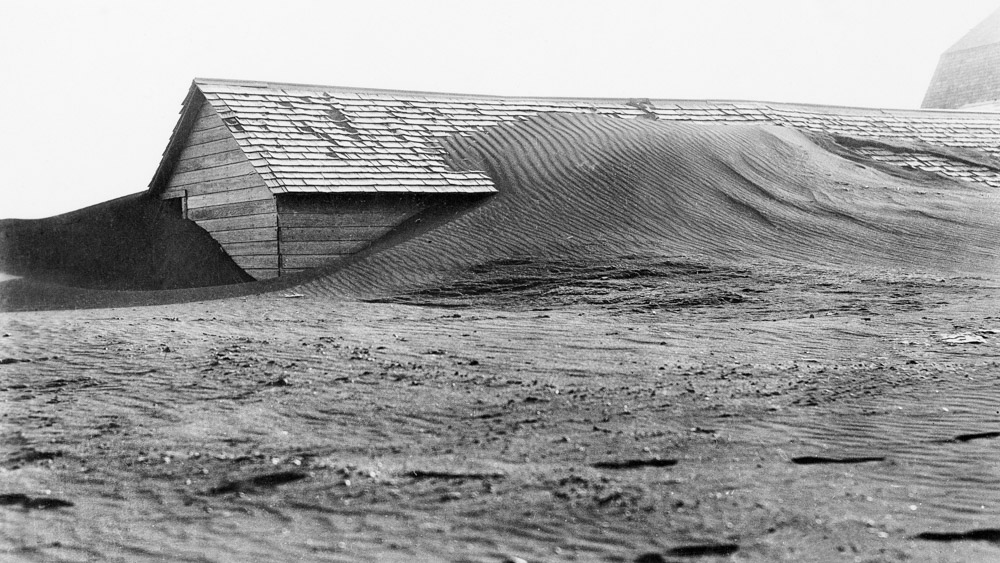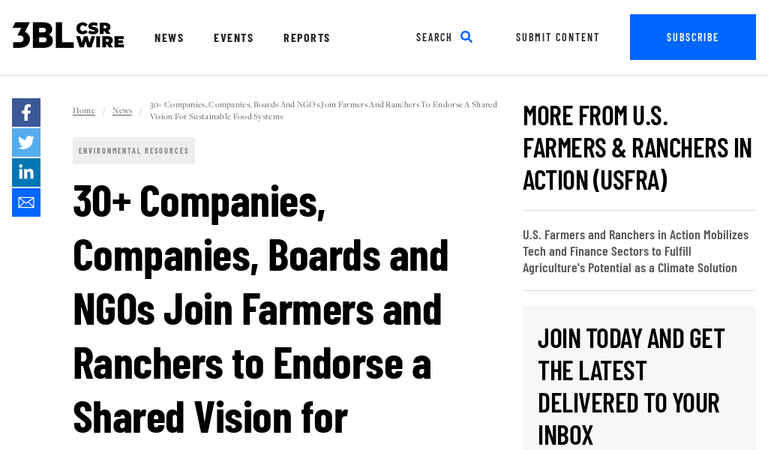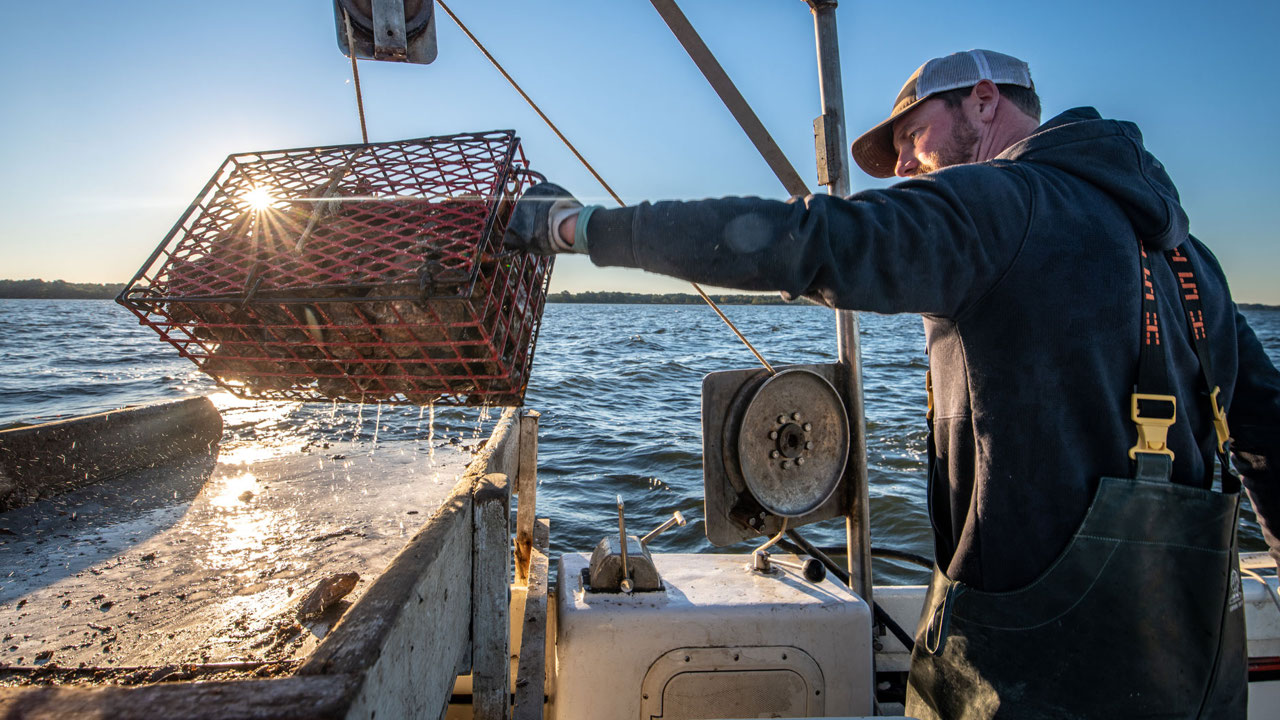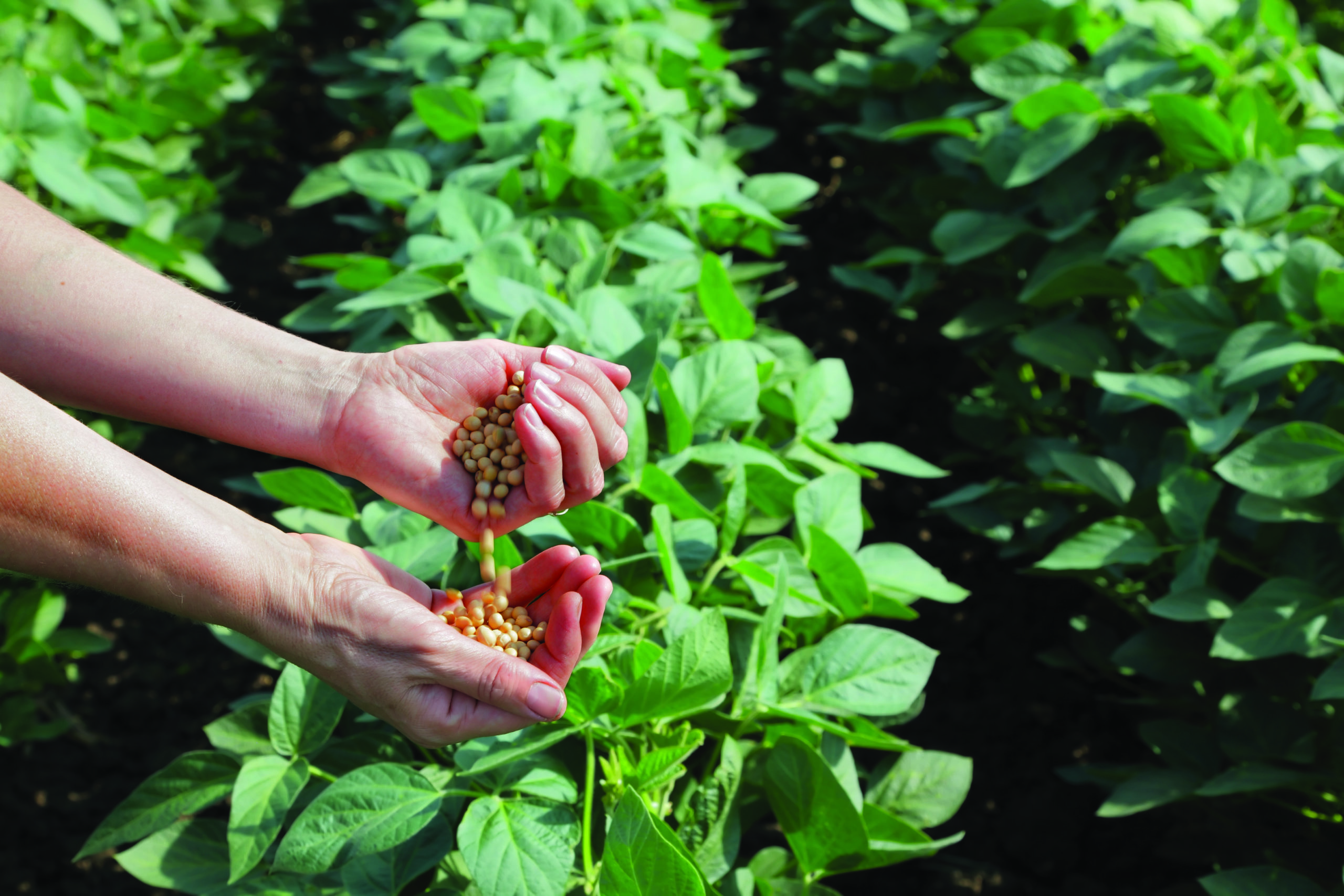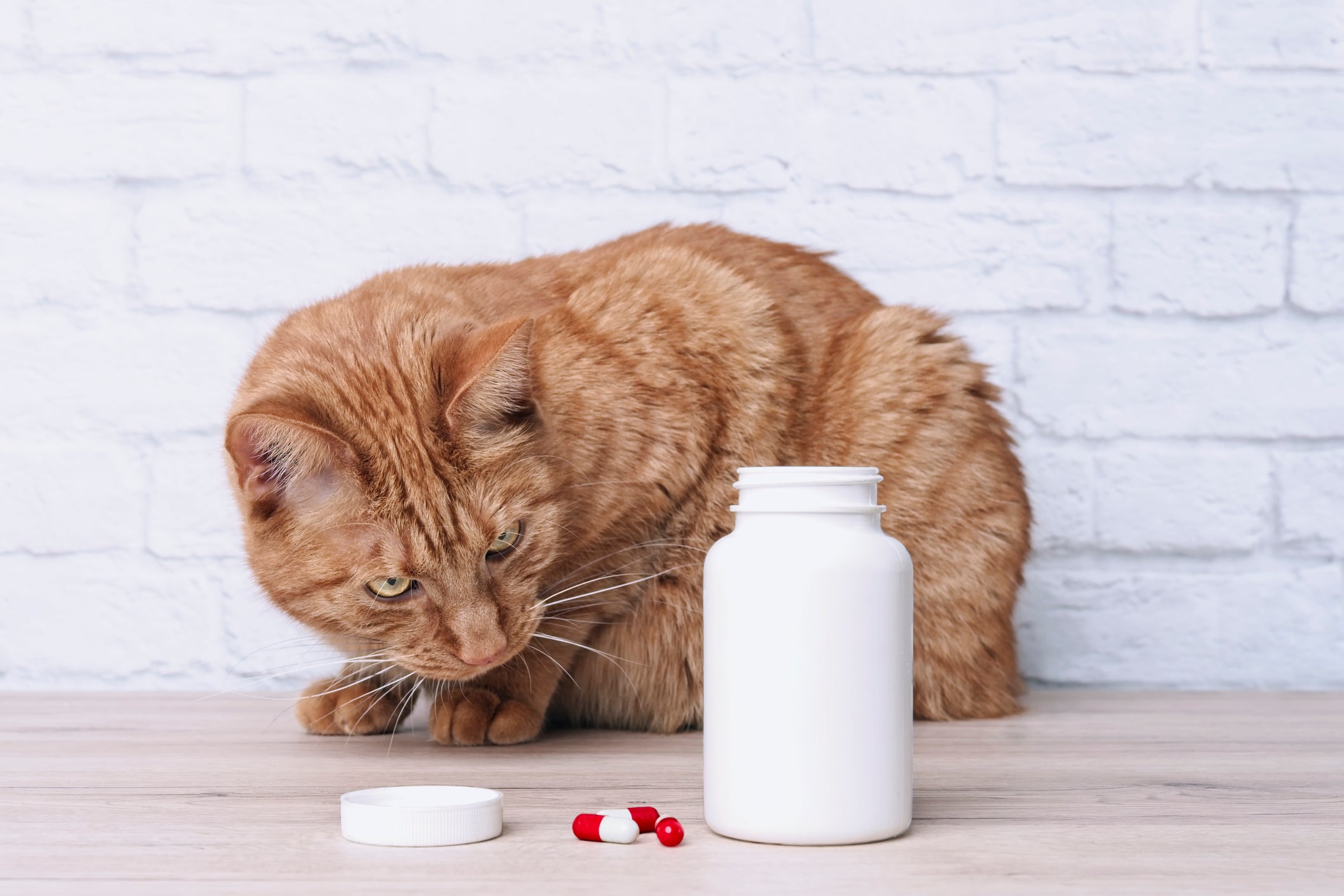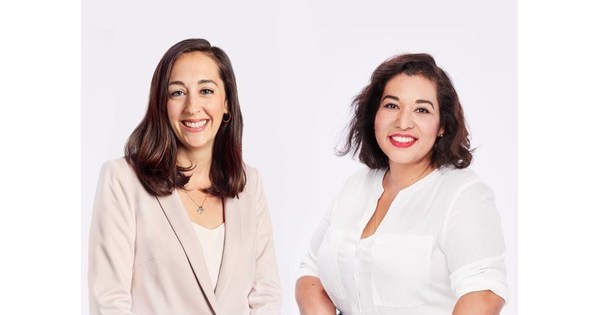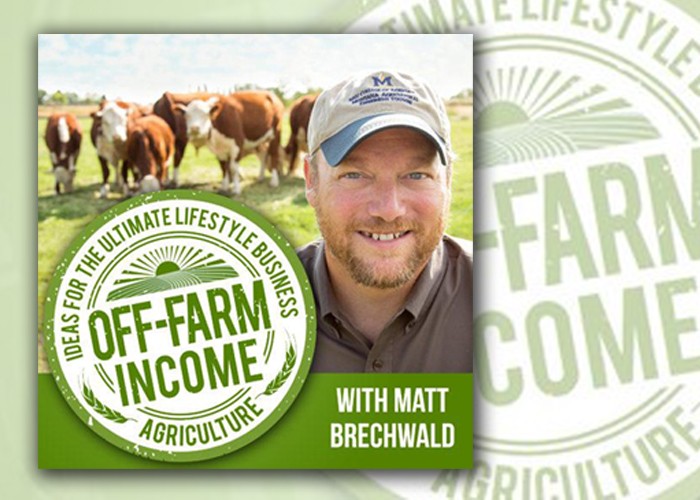05/24/2021 SOURCE: www.greencarcongress.com
ADM plans to build North Dakota’s first dedicated soybean crushing plant and refinery to meet fast-growing demand from food, feed, industrial and biofuel customers, including producers of renewable diesel. Based in Spiritwood, ND, the approximately $350-million crush and refining complex will feature state-of-the-art automation technology and have the capacity to...
ADM to build $350M soy crushing facility in N Dakota to meet increasing demand from food, feed, industrial and biofuel customers
-
(0)
-
Bookmark
- Comments. (0)
03/31/2021 SOURCE: www.agriculture.com
Companies say partnership will enable agronomists to better detect field issues in real time.
ServiTech and Sentera form crop monitoring and field imagery partnership
-
(0)
-
Bookmark
- Comments. (0)
 John LaRose Jr.
John LaRose Jr.
Topics: Agriculture US, Agriculture Global, Sustainability, Ag Innovation, World Population, Regenerative Agriculture, AgriBusiness, Ag Labor, Weather,
Impact of a second Dust Bowl would be felt worldwide
Catastrophic shock to US agriculture would deplete reserves, including those of other countries: Frontiers in Sustainable Food Systems.
-
(0)
-
Bookmark
- Comments (0)
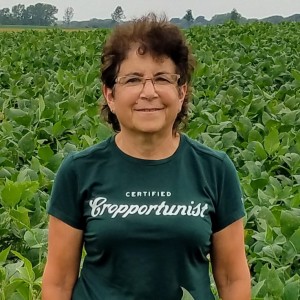 Nancy Kavazanjian
Nancy Kavazanjian
Topics: Soybeans, Agriculture Global, AgriBusiness,
-
(0)
-
Bookmark
- Comments (0)
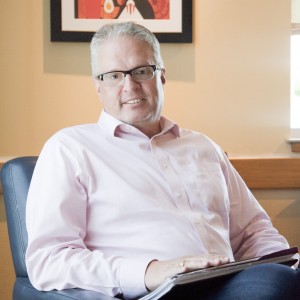 Randy Krotz
Randy Krotz
Topics: Agriculture US, Sustainability, AgriBusiness, Commodity/Trade Groups,
30+ Companies, Companies, Boards and NGOs Join Farmers and Ranchers to Endorse a Shared Vision for Sustainable Food Systems
The Decade of Ag movement calls on food and ag leaders to unify and share strengths for bold action
-
(0)
-
Bookmark
- Comments (0)
 Randy Krotz
Randy Krotz
Topics: Agriculture Global, Climate Change, AgriBusiness,
The simple food that fights climate change
An unappreciated group of filter-feeding animals found around our coastlines could clean up our waters and nourish a billion people. Is it time we championed bivalves?
-
(0)
-
Bookmark
- Comments (0)
 Nancy Kavazanjian
Nancy Kavazanjian
Topics: Soybeans, AgriBusiness, Commodity/Trade Groups,
USSEC CEO Marks 10 Years at Helm - U.S. Soybean Export Council
The U.S. Soybean Export Council recognized its CEO, Jim Sutter, for his 10 years of service during its annual meeting.
-
(0)
-
Bookmark
- Comments (0)
03/16/2021 SOURCE: www.fool.com
Zoetis has proven to investors that the pharmaceutical apple doesn't fall far from the tree.
Why Zoetis Is the Pfizer of Animal Healthcare @themotleyfool #stocks $ZTS $PFE
-
(0)
-
Bookmark
- Comments. (0)
03/11/2021 SOURCE: www.streetinsider.com
-
(0)
-
Bookmark
- Comments. (0)
 Nancy Kavazanjian
Nancy Kavazanjian
Topics: Agriculture US, Food/Nutrition, AgriBusiness,
New Venture Firm Supply Change Capital Invests in Diverse Food System Changemakers, an Untapped $100B Opportunity
/PRNewswire/ -- Supply Change Capital co-founders Noramay Cadena and Shayna Harris are focused on creating a seat at the table for diverse entrepreneurs in...
-
(0)
-
Bookmark
- Comments (0)


